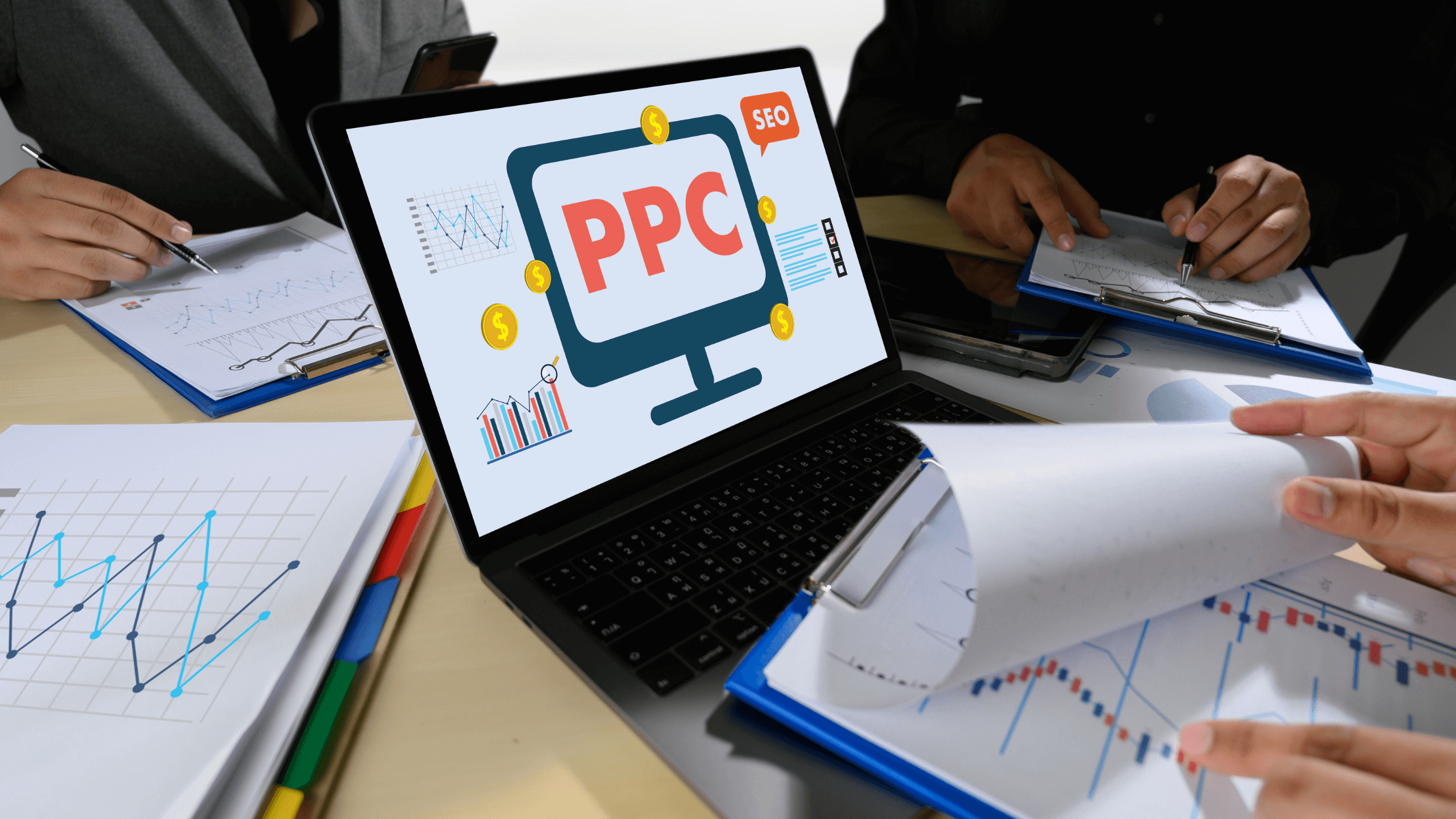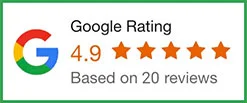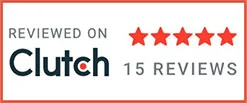In order to perform well on search engines, one must know the basics of PPC landing pages. What is a landing page? We define a landing page for our purposes as a dedicated webpage(s) with ads and content that directs the user toward purchasing online or offline. The goal of this blog post is to assess which are the best ways to handle these pages so you can reap benefits from your PPC marketing campaigns.
In any paid search campaign, the PPC landing pages can be the determining factor for whether or not a user will go back to your site (ROI). There are many flaws that may be present within your PPC ad that can ultimately turn off a prospect. Going forward, we will not be discussing how to optimize an ad’s creative messaging. Rather, we’ll focus on the landing page and why it’s so important to do it correctly.
Tip #1: Understand Your Audience
You need to understand your audience before you can write the content for your PPC landing pages. To do this, you must gather as much information about them as possible. First, look at the demographic information within your audience reports for Google Analytics. Second, look at what keywords are working best for you and how well they are converting. Once you have the list of keywords, go to your search term reports and analyze the search phrases that have been most successful. From here, you can build a persona profile of your prospect based on his/her demographics, interests, and behaviors.
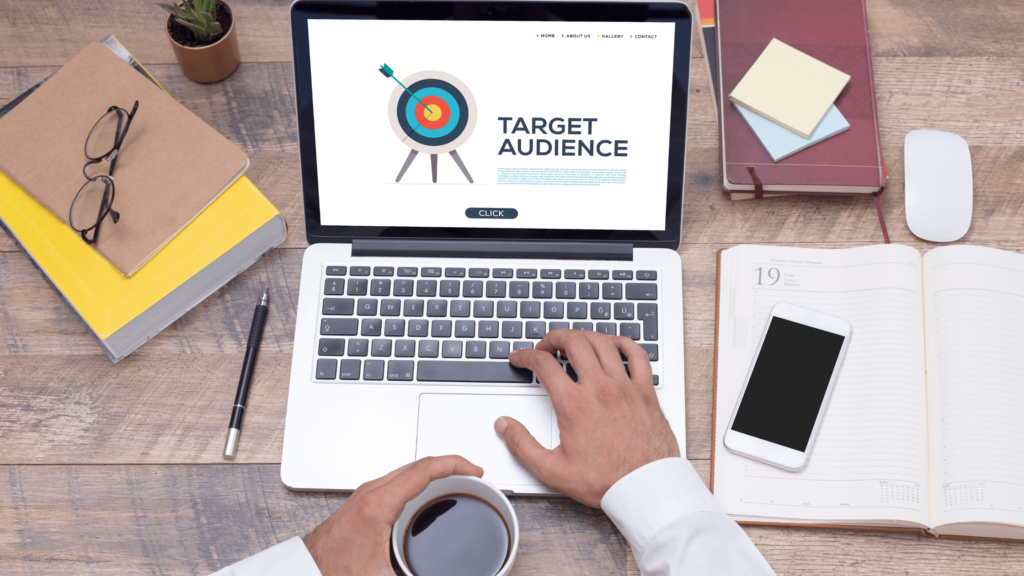
Tip #2: Perfect Your Targeting
A key component that many marketers overlook is the targeting portion of landing page design. When you begin your campaign, you will have a set of landing page ideas in mind. However, if that is the case, then you’re missing out on an essential step. The targeting process is the most important element because it can make or break your campaign. As mentioned previously, be sure to look for the keywords that have been most successful for this particular audience and use these as a foundation to guide the rest of your design. This step will make the difference between a successful and unsuccessful campaign.
Tip #3: Perfect Your Value Proposition
Your landing page should be one of the first places you promote your value proposition. A value proposition is the benefit of your product or service to the client in a clear, brief statement. If you can’t clearly define what the product or service is for, how do you expect your prospect to? To write a good value proposition, list three to four main benefits that potential buyers will receive. Be sure each benefit is a unique attribute that sets you apart from others.

Tip #4: Implement Your Value Proposition
Although not necessary, implementing a value proposition on your landing page is a good idea as well. The most important thing to remember when you start developing your page is that it needs to be interactive. These means include buttons, links, and call-to-actions for the user to interact with. In the end, there should be a call to action on either the footer or a ‘Buy Now button.
Tip #5: Nail the Design
As I mentioned earlier, your landing page is not just about the content that you have on it. It’s also about the design. with this in mind, you need to put some time into designing it. The success of your PPC landing pages will largely hinge on their design as opposed to the content on them. In order to get your design correct, you have to have a firm understanding of the psychology behind it. There are two critical factors in this area: colors and images.
Colors are scientifically proven to trigger emotions that act as triggers for buyers. For example, red is a calming color and blue is an alerting color. By changing these colors on your landing page, you can affect the way your prospect feels about the site. The next factor we’re going to cover is images. Images are important because they help the user navigate the website.
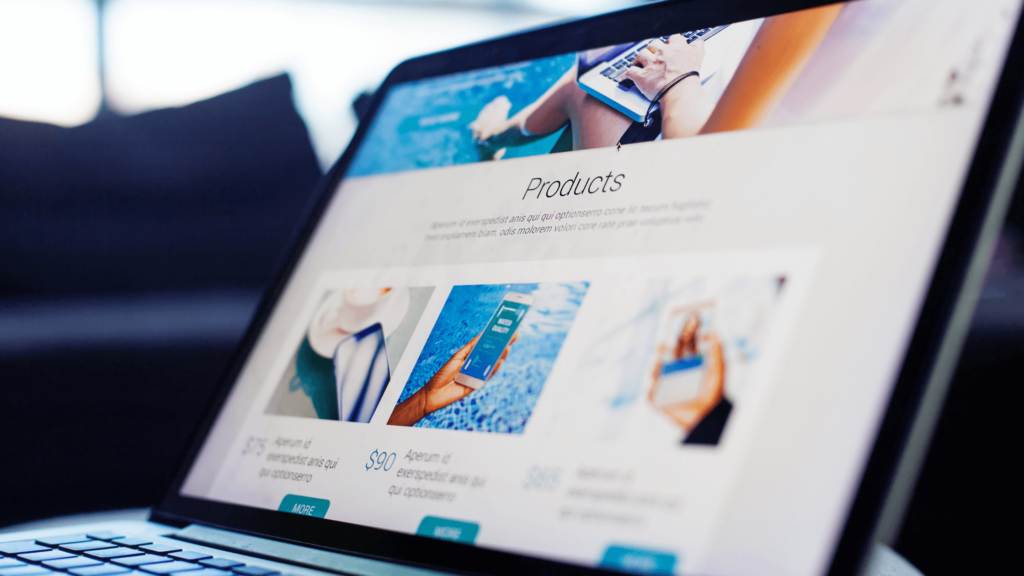
You have to strike a balance between providing too much and too little visual information. Usually, four images per page will guide a user without distracting them. Beyond this, you’ll need to test different images and layouts until you find one that performs well.
Tip #6: Call-to-Actions Are Key
Your landing page should have three or four different CTA’s (call-to-actions) on it. These are the buttons that look like this: Buy Now, Get a Quote, Checkout, and Submit Order. Be careful which ones you use. It’s important to pick CTA’s that differ from one another and from the main page. For example, you don’t want to have the same CTA on both the landing page and the main navigation. Pick one or two of these and stick with them.

Tip #7: Be Careful When Using Popups
If you’re using popups on your site that have been triggered by a user action, then chances are they may be making your pages load slowly. This is especially true if they’re happening all over your site based on different actions from a prospect. To avoid this and keep your landing page loading quickly, you need to include a “No Popups” button on your site. Then you can let the user choose whether to allow popups or not.
Similar Link: 5 Magnificent tips to do mobile SEO successfully in 2022
Tip #8: Measure Everything
You need to have a way to measure the performance of your PPC campaigns. Most PPC platforms now have an analytics system that allows you to measure your campaigns’ performance. This will give you an understanding of how they are performing and you’ll be able to make changes when necessary.

Conclusion
By following these eight tips, your landing pages will be more than optimized; they will be killer! Your PPC campaigns will see better results and your conversion rates will be much higher. PPC Landing pages are the most critical aspects of a PPC campaign because they’re the ones that bring conversions to your business. If you follow these guidelines, you will be well on your way to a successful campaign!
